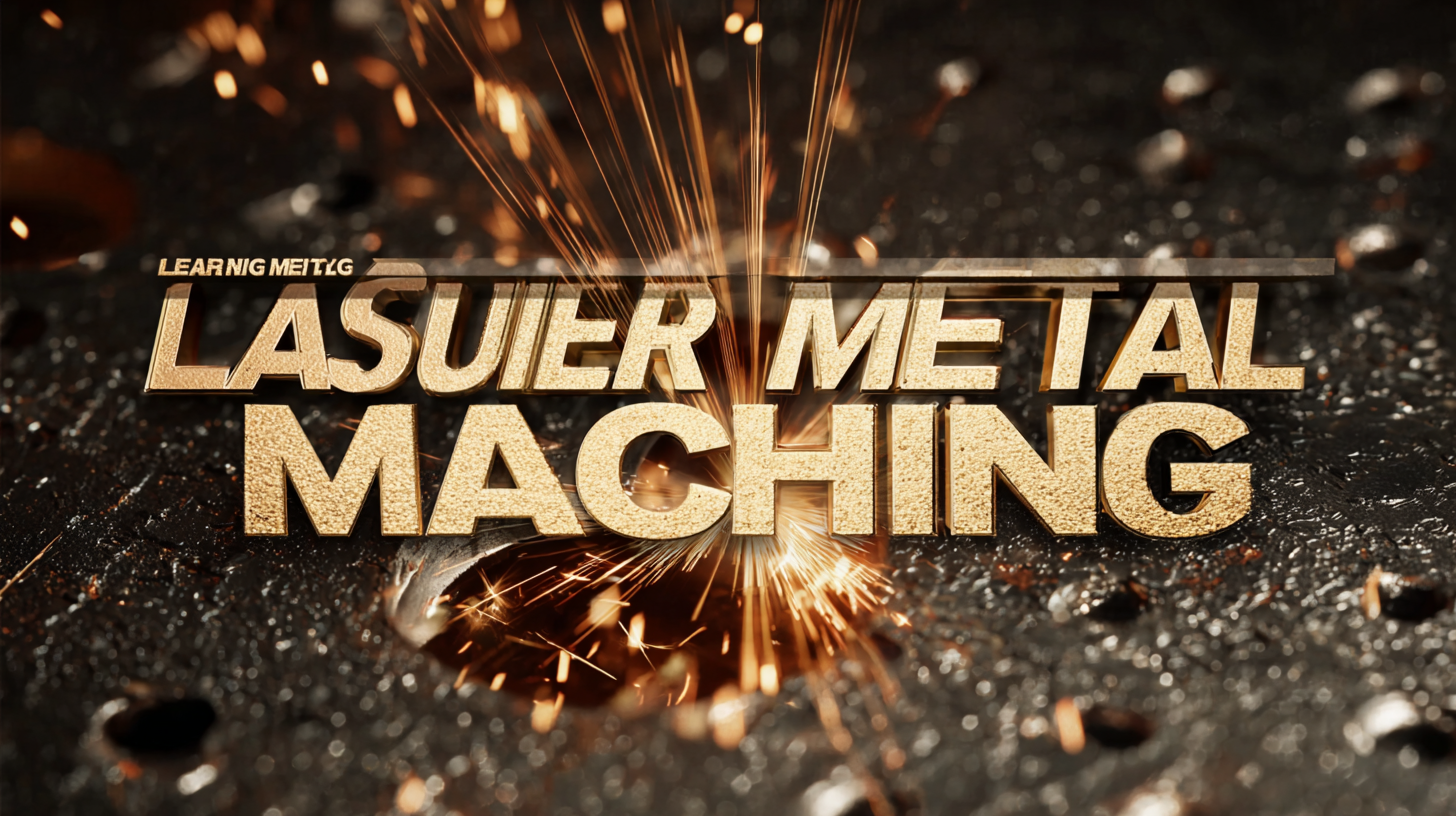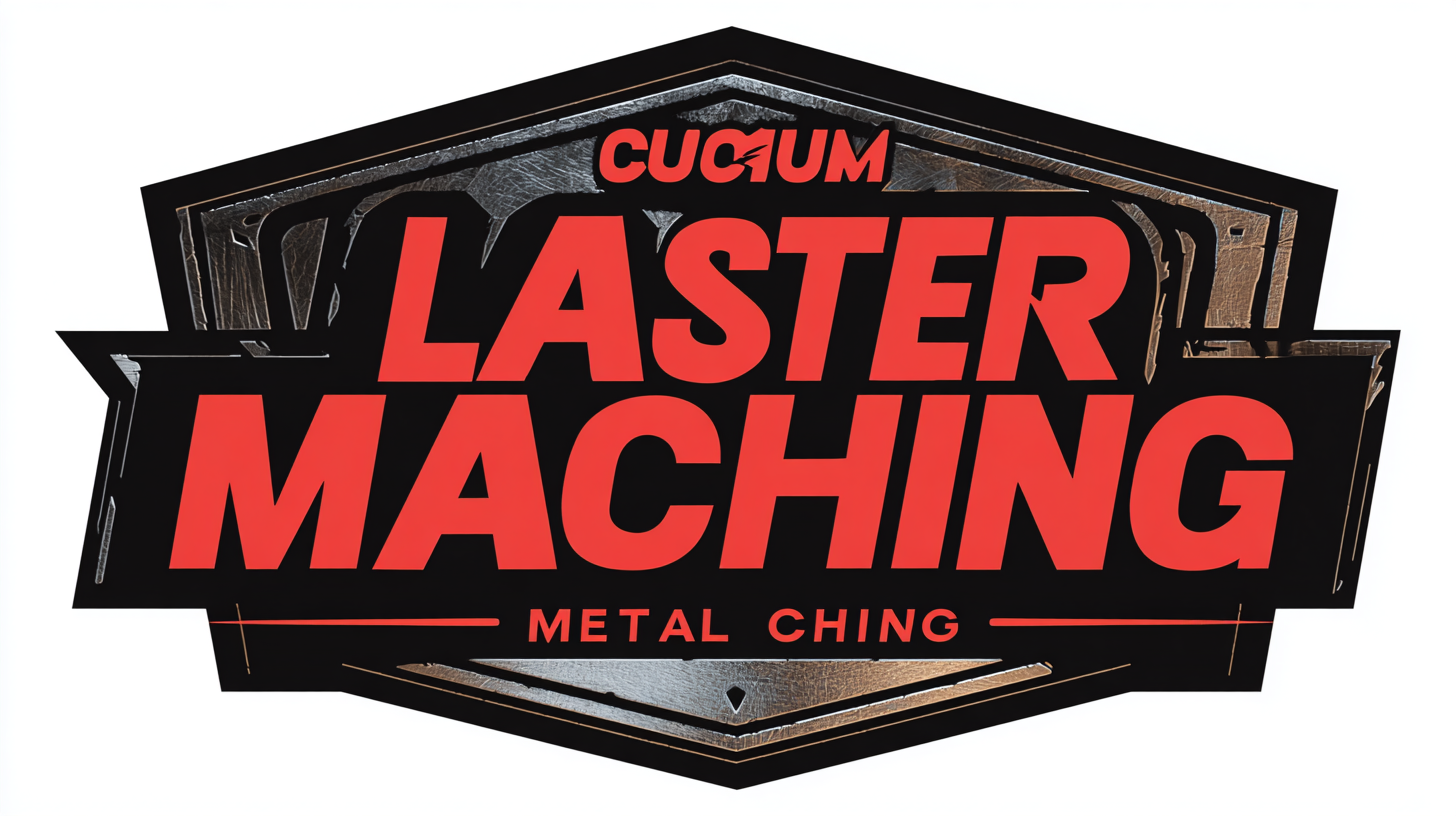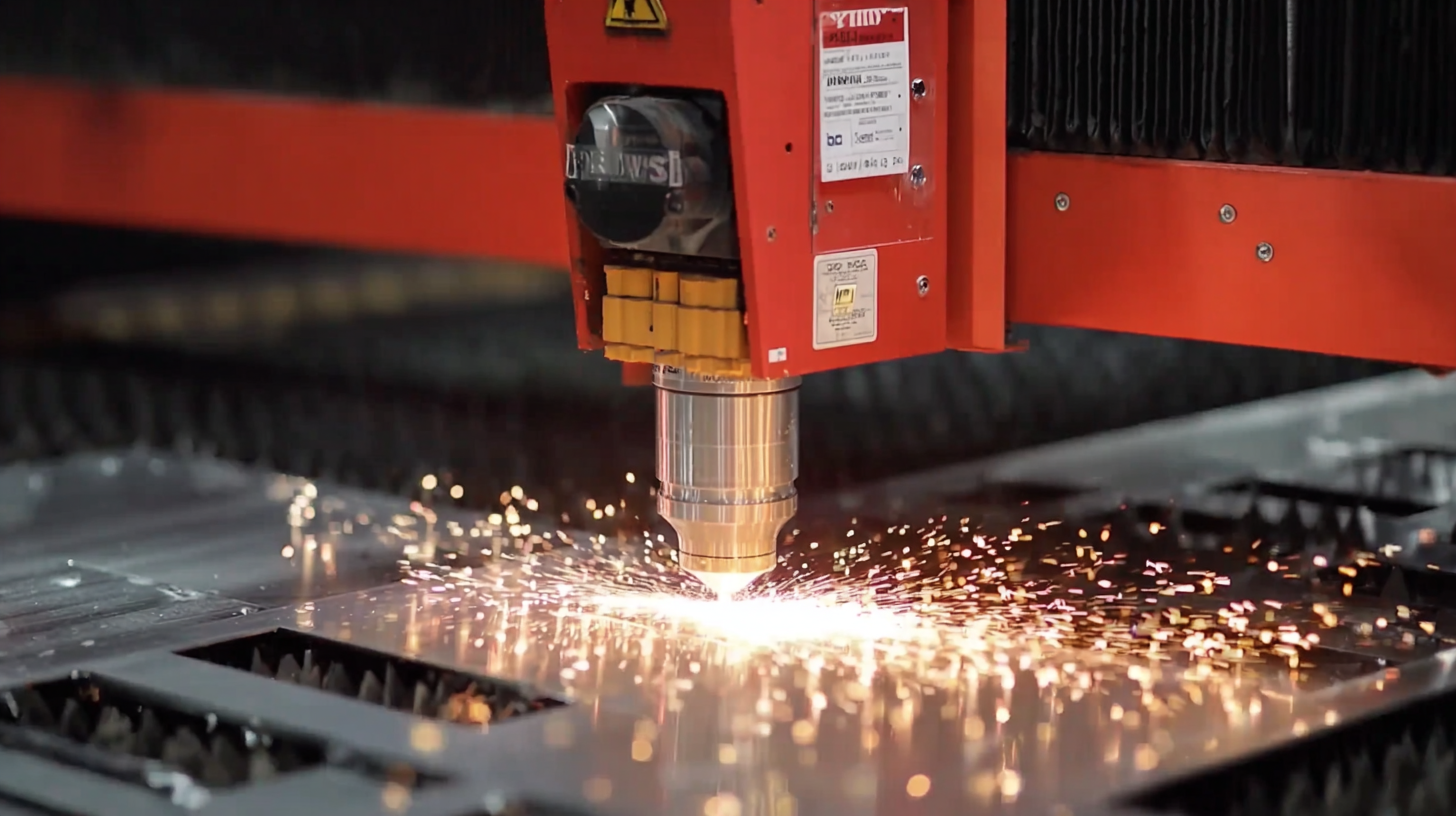© 2025 Messer Cutting Systems, Inc.
In recent years, the demand for precision and efficiency in manufacturing has led to a significant rise in the adoption of Laser Metal Cutting Machines across various industries. According to a report by MarketsandMarkets, the global laser cutting machine market is projected to reach USD 6.3 billion by 2025, growing at a CAGR of 6.9% from 2020. This surge can be attributed to advancements in laser technology, which enhance cutting speed and accuracy while reducing operational costs.
 Businesses looking to optimize their production processes must navigate the myriad of options available in the market. Understanding the specific requirements of their operations is crucial in selecting the right Laser Metal Cutting Machine. This guide aims to provide a comprehensive framework for making an informed decision, ensuring that companies can leverage the full potential of this cutting-edge technology to meet their unique business needs.
Businesses looking to optimize their production processes must navigate the myriad of options available in the market. Understanding the specific requirements of their operations is crucial in selecting the right Laser Metal Cutting Machine. This guide aims to provide a comprehensive framework for making an informed decision, ensuring that companies can leverage the full potential of this cutting-edge technology to meet their unique business needs.
The global sheet metal processing equipment market is on a significant upward trajectory, projected to grow from $35.51 billion in 2025 to $61.78 billion by 2032. This impressive expansion is driven by technological advancements in laser cutting technology, which continues to revolutionize manufacturing processes across various industries. As the manufacturing sector adopts more sophisticated equipment, laser cutting machines, known for their precision and efficiency, are becoming essential tools in metal fabrication.
Laser cutting machines particularly stand out in the metal cutting market, which was estimated at $5.84 billion in 2022 and is expected to grow at a compound annual growth rate (CAGR) of 5.2% through 2030. This significant growth highlights the increasing reliance on high-powered lasers for cutting and shaping metals, allowing manufacturers to improve productivity and product quality. Additionally, the Global Laser Cutting Machines Market alone is projected to rise from $5.7 billion in 2023 to $13.3 billion by 2032, showcasing a robust CAGR of 9.9%. This rapid increase underlines the transformative impact of laser cutting technology, making it a pivotal element in modern industrial manufacturing.
| Feature | Description | Impact |
|---|---|---|
| Power Source | Fiber, CO2, or solid-state lasers can be used based on material. | Selecting the right power source affects material compatibility and cutting efficiency. |
| Laser Cutting Speed | Measured in mm/min, higher speed increases productivity. | Faster cutting leads to lower operational costs and shortened production times. |
| Material Thickness | Capable of cutting various thicknesses, from thin sheets to thick plates. | Ability to handle diverse materials expands market reach and applications. |
| Maintenance Requirements | Regular checks for optics and alignment are necessary for optimal performance. | Routine maintenance enhances longevity and minimizes downtime. |
| Software Compatibility | Compatibility with CAD/CAM software for design and integration. | Streamlines workflow and increases design flexibility. |
| Global Impact | Enhances manufacturing efficiency and reduces waste. | Promotes sustainable practices and supports economic growth worldwide. |
Selecting the right laser metal cutting machine is crucial for businesses aiming to enhance productivity and efficiency. The global industrial laser market is projected to experience significant growth, driven by the increasing demand for precision manufacturing solutions. According to recent reports, the fiber laser segment is anticipated to dominate the market due to its high energy efficiency and low operational costs. By 2032, the industrial laser market is expected to reach approximately $23 billion, indicating a compound annual growth rate (CAGR) of around 5.3% from the current figures.
When evaluating options, businesses must consider several key factors, including the technology type, which spans fiber, CO2, solid-state lasers, and YAG lasers. The CO2 laser market alone is valued at $3.2 billion for 2024, with projections suggesting it will expand to $5.5 billion by 2034, reflecting a steady CAGR of 5.4%. Furthermore, understanding the process types—such as cutting, welding, and marking—will also guide companies in making an informed decision that aligns with their specific operational needs and industry demands. The rise of diverse applications across sectors reinforces the potential for laser technology investment in the coming years.
When selecting the right laser cutting system for your business, it's essential to understand the differences between fiber and CO2 laser technologies. Fiber lasers are known for their efficiency, high cutting speed, and ability to cut reflective materials like aluminum and copper without significant challenges. They operate at a wavelength that is better absorbed by metals, which leads to a cleaner cut and increased speed.
On the other hand, CO2 lasers excel in cutting non-metal materials such as wood, plastics, and fabrics. They emit a longer wavelength that is not as effective on metals but can provide a smoother finish on softer materials. However, their slower cutting speed compared to fiber lasers makes them less favorable for high-volume metal cutting operations.
**Tips for Choosing the Right System:**
1. Consider the primary materials you will be cutting. If your focus is mainly on metals, a fiber laser may be the better choice.
2. Evaluate the types of projects you handle. For more diverse applications, a CO2 laser can offer versatility for non-metal materials.
3. Think about the long-term costs and maintenance. Fiber lasers typically require less maintenance than CO2 systems, potentially leading to lower operational costs over time.

The demand for precise metal fabrication continues to rise, driven by advancements in technology and an expanding range of applications across various industries. According to a report by MarketsandMarkets, the global laser cutting machine market is expected to grow from $3.7 billion in 2021 to $5.5 billion by 2026, reflecting a CAGR of 8.4%. This growth underscores the increasing reliance on laser technology for high-precision cutting, which is crucial in sectors such as automotive, aerospace, and electronics.
As industries evolve, the need for superior quality and efficiency in metal fabrication becomes paramount. The shift towards lightweight materials and intricate designs necessitates the adoption of advanced laser metal cutting machines. A study by Technavio indicates that the proliferation of these machines is further fueled by the trend towards automation and smart manufacturing processes, which aim to enhance productivity and reduce waste. This adaptation not only caters to rising consumer expectations but also aligns with sustainability goals in manufacturing, representing a pivotal shift in how businesses operate in the metal fabrication landscape.
 When considering the purchase of a laser metal cutting machine, evaluating the Total Cost of Ownership (TCO) becomes crucial for long-term success. TCO encompasses not just the initial purchase price, but also ongoing costs such as maintenance, energy consumption, and operational efficiencies. Industry reports indicate that while the average price of a laser cutting machine can range from $50,000 to over $500,000 depending on specifications, the hidden costs can significantly affect overall profitability. For instance, according to a study by the Association for Manufacturing Technology, energy consumption can account for up to 15% of the machine’s lifecycle costs, highlighting the importance of selecting energy-efficient models to reduce operational expenses.
When considering the purchase of a laser metal cutting machine, evaluating the Total Cost of Ownership (TCO) becomes crucial for long-term success. TCO encompasses not just the initial purchase price, but also ongoing costs such as maintenance, energy consumption, and operational efficiencies. Industry reports indicate that while the average price of a laser cutting machine can range from $50,000 to over $500,000 depending on specifications, the hidden costs can significantly affect overall profitability. For instance, according to a study by the Association for Manufacturing Technology, energy consumption can account for up to 15% of the machine’s lifecycle costs, highlighting the importance of selecting energy-efficient models to reduce operational expenses.
Moreover, maintenance costs, often underestimated, can add substantially to TCO. Regular servicing, part replacements, and downtime for repairs can lead to costs exceeding $10,000 annually for some machines. A report from the Laser Institute of America notes that investing in advanced laser cutting technology with predictive maintenance features can lower these costs by up to 30% over time. With such data in mind, businesses should perform a comprehensive analysis of all potential expenses to ensure they choose a laser cutting machine that aligns with their financial and operational needs.
© 2025 Messer Cutting Systems, Inc.